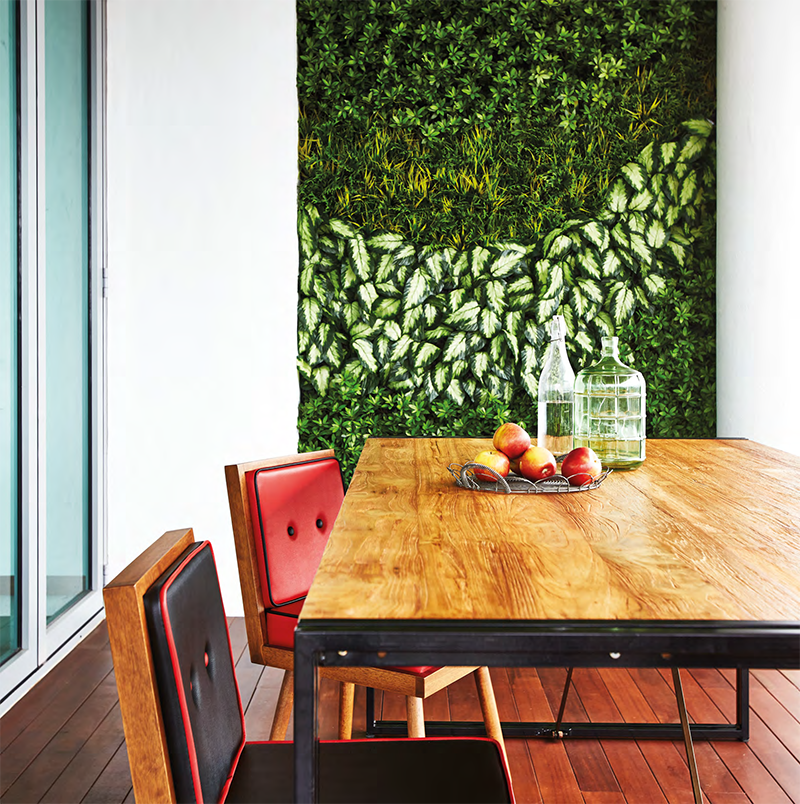We answer your renovation and decorating questions with help from industry experts. E-mail questions to maghomedecor@sph.com.sg


We answer your renovation and decorating questions with help from industry experts. E-mail questions to maghomedecor@sph.com.sg

I would like to install cove lighting in my living room. How should I keep it clean?
Cove lighting is a form of indirect lighting wherein the actual tubes or bulbs are hidden behind ceiling panels. As the opening is large enough to grant access to the electrical work and to switch out blown bulbs, there’ll be enough space for you to dust around.
Philippe Limes of Helpling, a home-cleaning services platform, recommends cleaning cove lighting every week as this area is often overlooked, and accumulated dust might trigger or aggravate allergies.
Start by switching off the lights and, with the help of a ladder, use a long-handled duster to trap dust and cobwebs. “For a more thorough cleaning, use a damp microfibre cloth or an equally portioned water- vinegar solution, and wipe the easy-to-miss coves on your ceiling. Wipe them dry before switching the lights back on.”
While you’re at it, give the ceiling moulding a good clean, too. If you don’t own a duster, use a dry mop, but cover the mop head with a microfibre cloth or old T-shirt.
I love the look of a lush plant wall, but I don’t want the hassle of looking after real plants. What are my choices?
The quickest and practically no- maintenance option is to get a ready-to-use framed wall garden of artificial plants, says Joyce Tan of Absolut Outdoors. There are 31 designs in various sizes to choose from, and a choice of over 60 plant species. If your decor is Scandinavian, how about opting for pine leaves or willows? There’re autumn-hued plants for modern country homes, lush rainforest greenery for resort homes and chequerboard greens for minimalists.
There is no minimum size and Joyce recommends placing a frame around smaller wall gardens to simulate a piece of artwork. A plant wall also means minimal drilling is required, and in homes where drilling is not permitted (such as some condominium balconies), the panels can be mobile.
These gardens can be used both indoors and outdoors, and are designed to be exposed to rain and sunlight. All they need is a wipe down with a damp cloth once in a while.
If you prefer real plant life, air plants (or Tillandsias) are your best friends as they do not require soil or any growing medium. They receive water and nutrients through their specialised leaves. Being hardy plants, they can adapt to a wide range of environmental conditions, too. However, as their name implies, they do require constant air circulation.
Hang a group of hanging glass containers with a plant in each against a wall, or tie the plants to recycled wood or driftwood for hanging. Remember to mist your plants only once or twice a week.

What’s the difference between a front-loading and top-loading washing machine? Which should I choose?
This depends on your priorities. If you’re aiming for an energy- and water-efficient household, then front loaders are for you. They are generally more energy-efficient than top loaders when using warm water, require less detergent and use significantly less water.
“Front loaders are more gentle on clothing compared to top loaders, as clothes don’t get entangled,” adds Christine Liew from the Home & Kitchen Appliances at Harvey Norman.
If you have a large household with bigger wash loads, and you want shorter cycle times, then top loaders are better as they have large capacities (up to 15kg) and cycles that run under 60 minutes. The large ones can even take quilts and curtains.
If you intend to get a dryer and maximise space as well, then a front loader stacked with a dryer is the ideal choice. Finally, top loaders allow you to add clothes midway through the cycle; for example, a hand-washed dress that you want to spin dry with the rest of the wash.
Samsung is now offering Add Wash washing machines that allow you to add items at any time through a smaller door on the machine, without you having to drain and restart the cycle.
I spent a bomb on a designer leather sofa and want to make it last. How do I do that?
Leather is a natural material that becomes more comfortable with age, says Phua Bo Wen of Homes To Life. The beauty of leather lies in the fact that “every hide is unique, as no two animals are the same”.
So, expect variations and nuances of shading, evenness and texture. Leather sofas also do not harbour common household allergens like dust mites and pet dander.
With proper care, they can last about five years longer than fabric sofas.
First, start with the correct placement. A sofa, whether leather or fabric, should never be placed in an area that will expose it to direct sunlight, says Bo Wen. Over time, sunlight will cause the leather to dry and crack. “If direct sunlight is unavoidable, invest in high-quality window films that cut out UV rays to help slow down the fading or drying effect of sunlight,” he offers.
For routine cleaning, use a soft brush attachment on your vacuum cleaner to remove dust and dirt. Avoid using harsh soap, household detergents, oils, all-purpose cleaners or unapproved solvents to clean your sofa. Use a leather cleaner, ensuring that you test it out on an inconspicuous spot first.
To maintain the suppleness of the leather, give it a coat of leather conditioner once every six months.
Protect the material against scratches by not placing pointed objects such as buckles, keys or toys on your sofa. Lastly, rotate the cushions to even out the wear.























